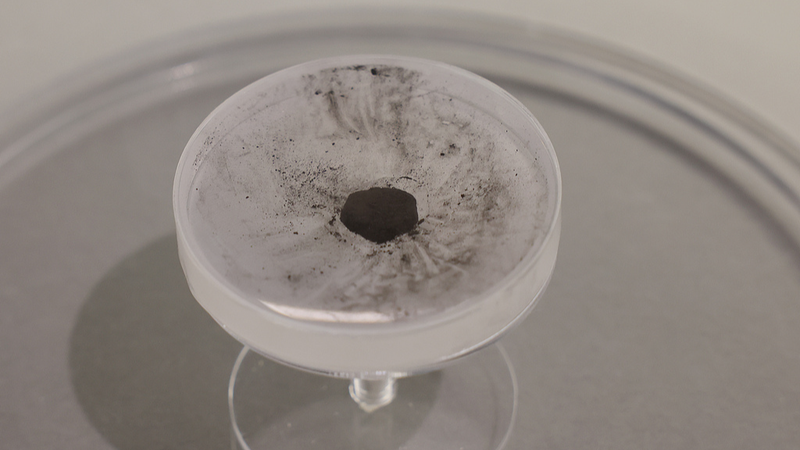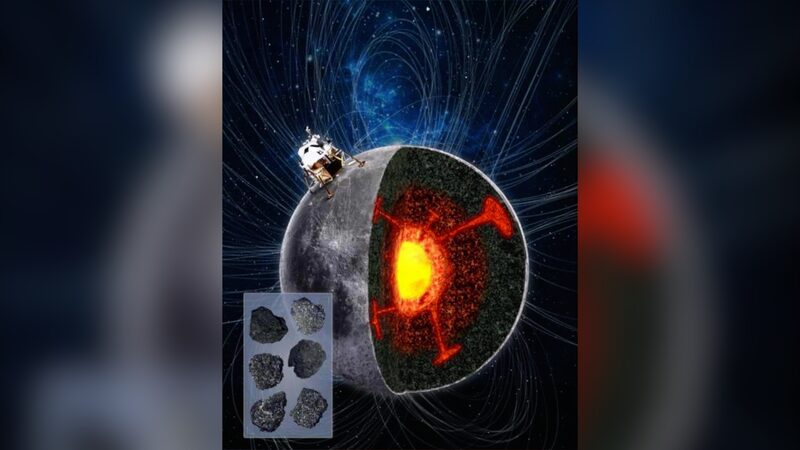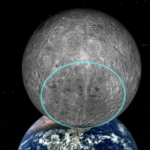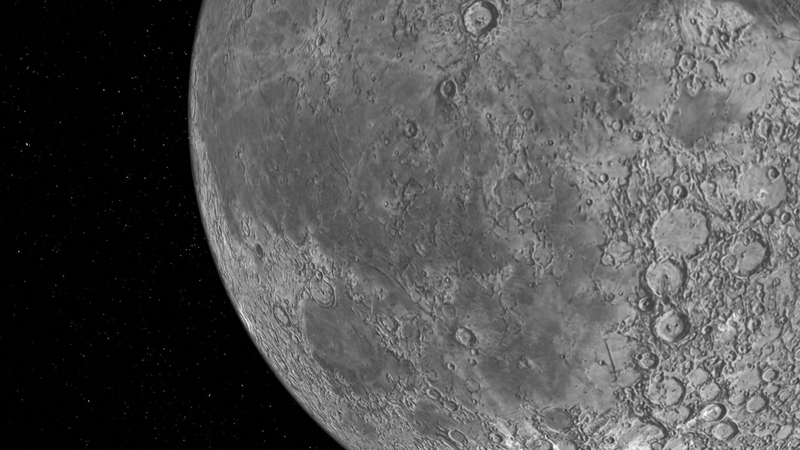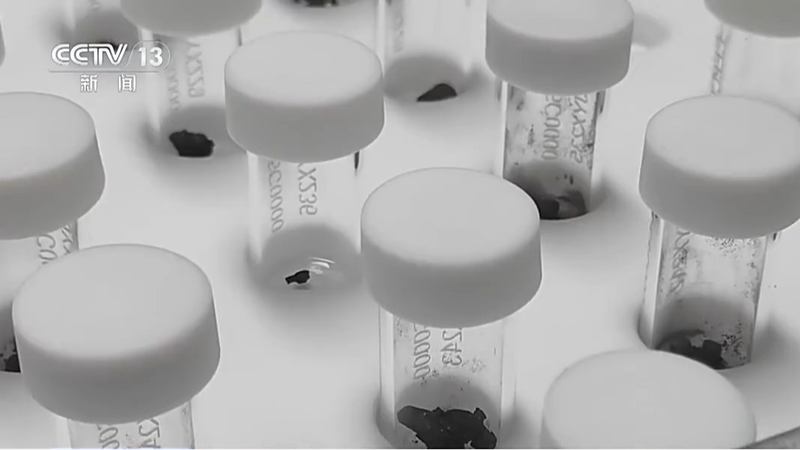Lunar Discovery Challenges Solar System Timeline
New analysis of China's Chang'e-6 mission samples has precisely dated the Apollo Basin – a crucial lunar impact structure – to 4.16 billion years old, reshaping understanding of the moon's violent early history. Published in Nature Astronomy, this landmark study by Chinese and international researchers provides critical evidence about the Late Heavy Bombardment (LHB) period that shaped our solar system.
Cracking the Lunar Time Code
By examining three unique impact-melt fragments from the Chang'e-6 samples, scientists determined these 150-350 micrometer particles formed during the Apollo Basin's creation. Through advanced geochemical analysis and remote sensing data integration, researchers established the basin formed 100 million years earlier than previous estimates, suggesting the LHB impact flux gradually declined rather than peaking suddenly.
Implications Beyond the Moon
The findings help resolve long-standing debates about early solar system dynamics. 'This dating gives us a new reference point for understanding planetary evolution,' explained a researcher from the Chinese Academy of Sciences. The study also builds on earlier Chang'e-6 findings about the South Pole-Aitken Basin's 4.25-billion-year origins, revealed in March 2024.
Mission Milestones Continue
Since returning 1.93 kg of far-side samples in June 2024, Chang'e-6 has enabled breakthroughs in lunar volcanic activity research and magnetic field analysis. July 2024 saw additional discoveries about water content and mantle composition, cementing China's role in cutting-edge space science.
Source: Xinhua
Reference(s):
cgtn.com
